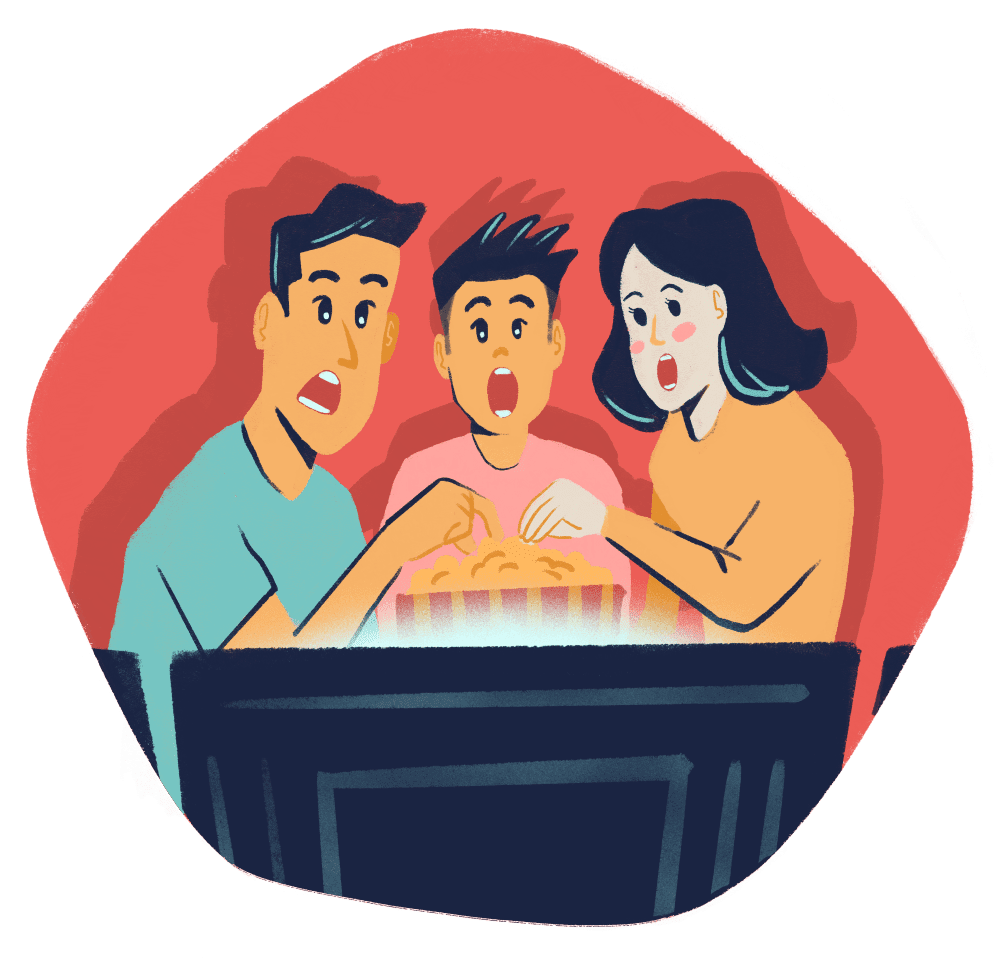Nurturing Eternal Connections: Understanding the Continuous Bonds Model in Grief
Grief, a profound and universal human experience, challenges our understanding of life, love, and the connections we share with others. Klass, Silverman, and Nickman develop the Continuous Bonds Model. It offers a unique perspective on the enduring nature of relationships even after the physical presence of a loved one is no longer with us.
The Foundation of Continuous Bonds
Unlike some traditional models of grief that suggest letting go and moving on, the Continuous Bonds Model posits that our relationships with departed loved ones are not severed but transformed. It asserts that these connections persist in various forms, evolving from tangible, physical bonds to intangible, emotional ones. Memories, shared experiences, and the impact the departed person had on our lives continue to shape us long after they are gone, forming an enduring, continuous bond.
The Evolution of Relationships
In the Continuous Bonds Model, grief is viewed as a natural and evolving process. Initially, the grief may be palpable, intense, and raw, reflecting the acute sense of loss. However, as time progresses, the relationship with the departed person undergoes a transformation. While the sharpness of grief may soften, the love and connection persist, adapting and integrating into our lives in meaningful ways.
Memories as Living Testaments
Memories play a central role in the Continuous Bonds Model. They become more than recollections of the past; they are living testaments to the relationship shared with the departed loved one. Cherished memories become a source of comfort, wisdom, and inspiration, serving as a reminder of the enduring impact the person had on our lives. Sharing stories and reminiscing about the departed loved one with others further strengthens the continuous bond, fostering a sense of communal connection and understanding.
Finding Meaning and Purpose
Embracing the Continuous Bonds Model allows individuals to find meaning and purpose in their grief journey. Rather than viewing the process as an endpoint, it becomes a transformative experience that encourages personal growth and resilience. The continuous bond becomes a source of strength, guiding individuals through challenges and inspiring them to live in ways that honor the departed person’s legacy.

Supporting Others in Grief
Understanding and respecting the Continuous Bonds Model is essential for providing support to those grieving. Acknowledging the enduring nature of the relationship encourages open conversations about the departed loved one. It allows for the expression of emotions and the sharing of stories. It is an opportunity to celebrate the person’s impact on others’ lives.
Conclusion: Embracing Eternal Connections
The Continuous Bonds Model illuminates the enduring nature of human connections. It reminds us that the love we share with departed loved ones transcends the boundaries of life and death. By embracing this model, we can navigate grief with a newfound understanding. It helps us find solace in the continuous bonds that enrich our lives and shape our identities.
Ready to begin? Start your online therapy journey today. Book your first session now.




